While Hinoki is the most popular wood for cutting boards, if you're satisfied with a moderately sized board, lucky enough to find one in your preferred dimensions, and willing to invest in a premium option, Kaya (Japanese Torreya) could be a worthwhile choice, and one that's hard to dislike.
Kaya cutting boards boast a glossy light yellow hue, a fine-grained texture, and a dense, beautiful wood grain. Renowned for its richness in oil, Kaya wood has been historically employed in carving Buddha statues, and crafting Shogi and Go boards. Thanks to its water-resistant properties and resistance to rot, Kaya lumber was favored for constructing ships and creating items like bath buckets. Additionally, its excellent water drainage, quick drying characteristics, and resistance to black spots make it a top choice for cutting boards.
In terms of blade friendliness, with moderate hardness and elasticity, it gently receives the knife, ensuring excellent blade contact. There is minimal rebound, allowing for effective cutting without exerting unnecessary force. This property makes the knife less prone to damage, preserving its sharpness for a longer time. When it comes to cutting boards, if they are too hard, blade contact is poor, increasing the risk of damaging the knife's edge. On the other hand, if they are too soft, the cutting board is more prone to wear.
The Kaya wood emanates a refined fragrance with a refreshing, citrus-like scent that I truly appreciate. Its scent is complex and unique, carrying a subtle sweetness reminiscent of cinnamon. Some liken the aroma of Kaya to Gin. Interestingly, the nuts of Kaya bear a resemblance to juniper berries, which are used to infuse aroma in Gin. There are even Kaya perfume and essential oil products available.
It is believed that Kaya wood existed during the Jomon period in B.C., and the nuts of Kaya were consumed as food. According to a seasoned Manaita craftsman, “A good cutting board is one that has soft wood, doesn't damage the knife, has good water drainage, provides a refreshing feel, and the wood itself is delicious even when used for food.” While I'm not certain about its taste, the idea of consuming micro particles of Kaya wood doesn't seem objectionable to me.
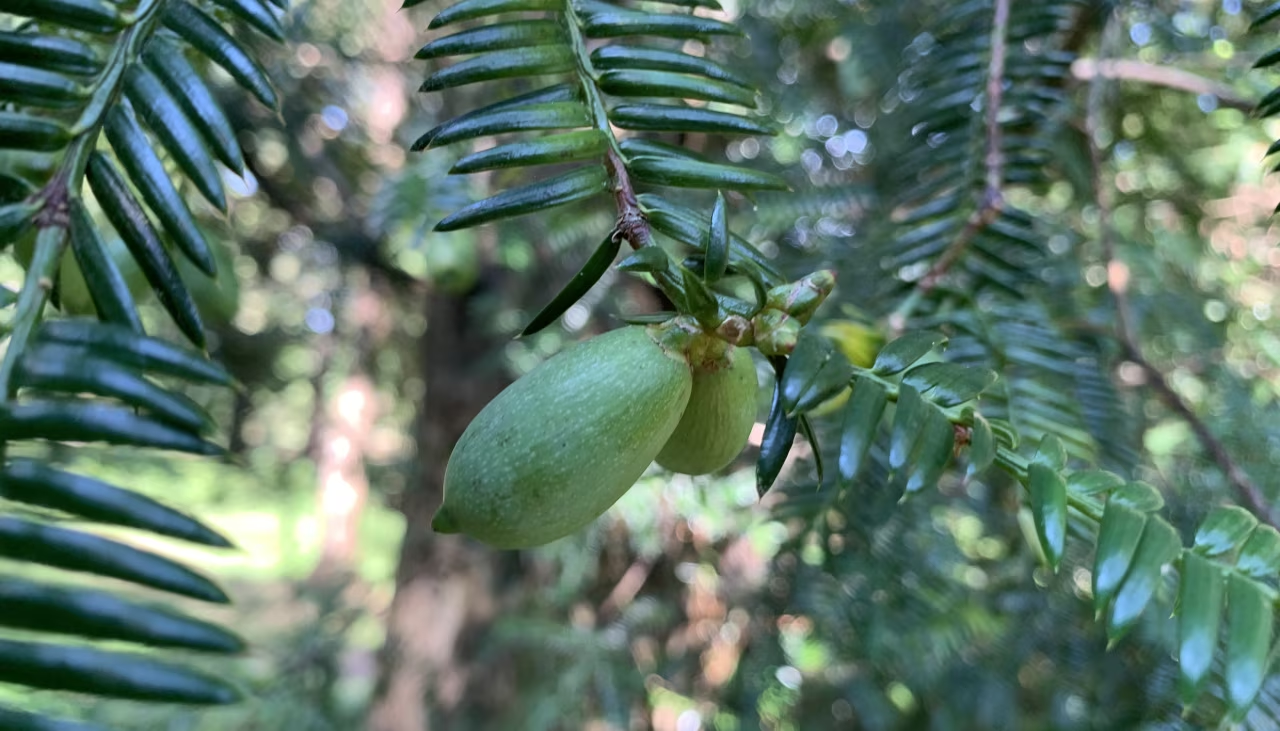 Kaya nuts
Kaya nuts
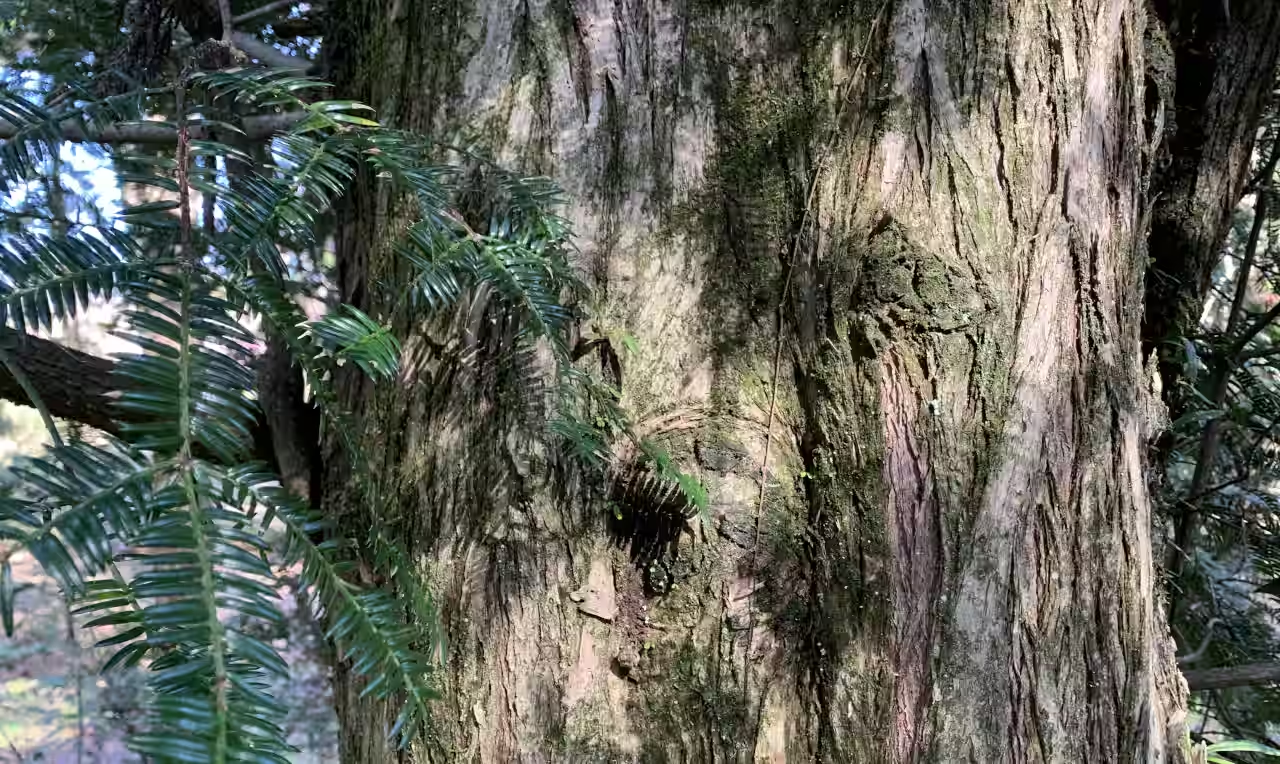 Yellowish bark of a Kaya tree
Yellowish bark of a Kaya tree
